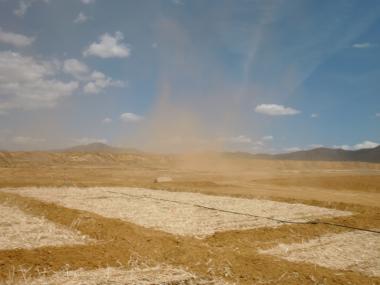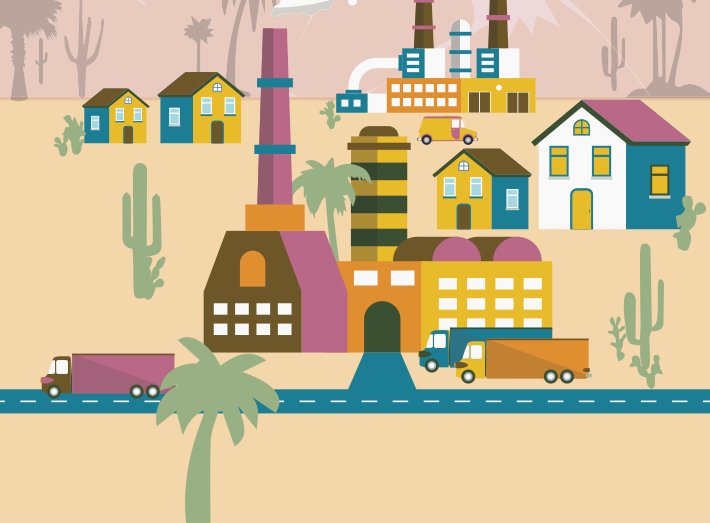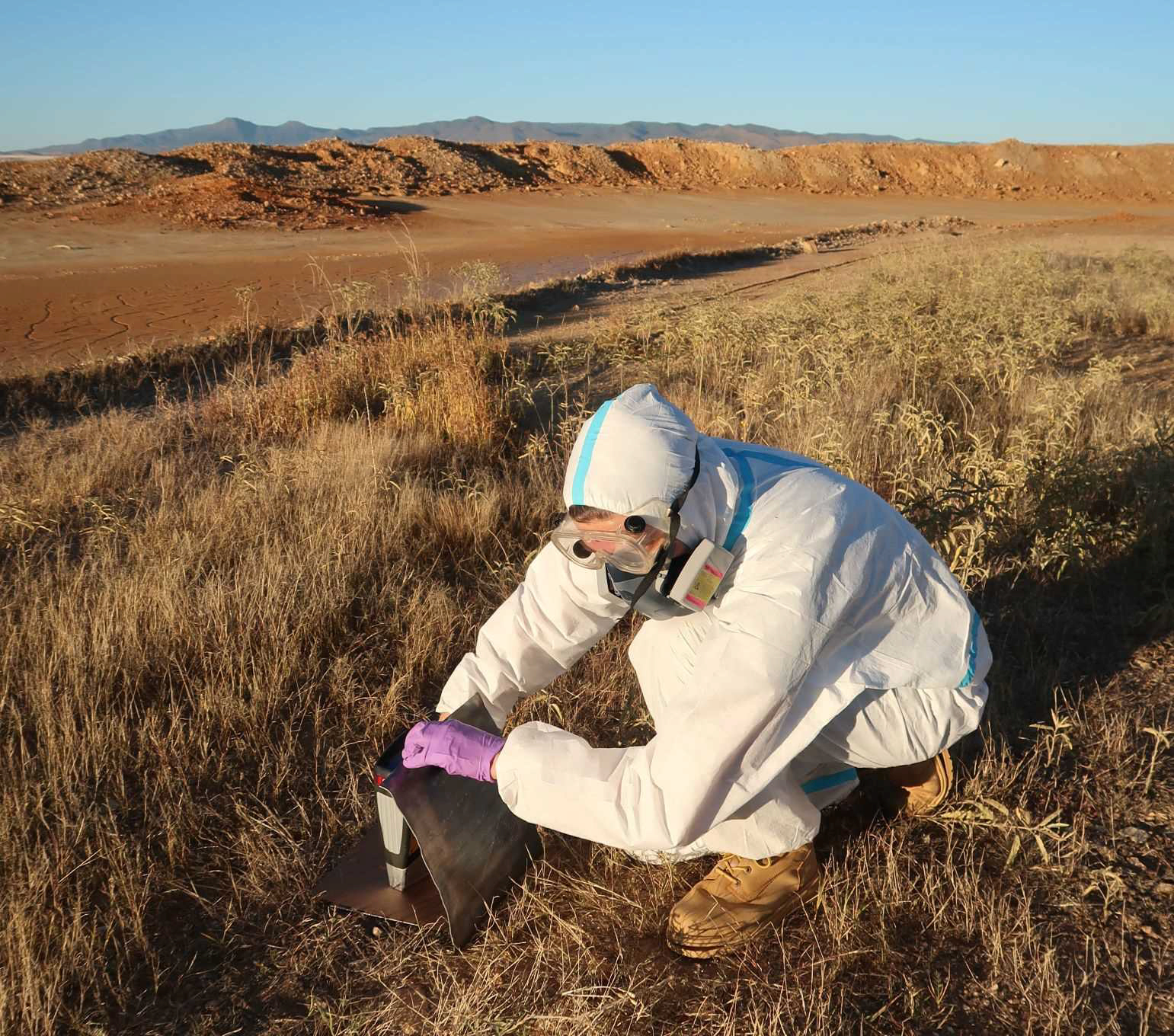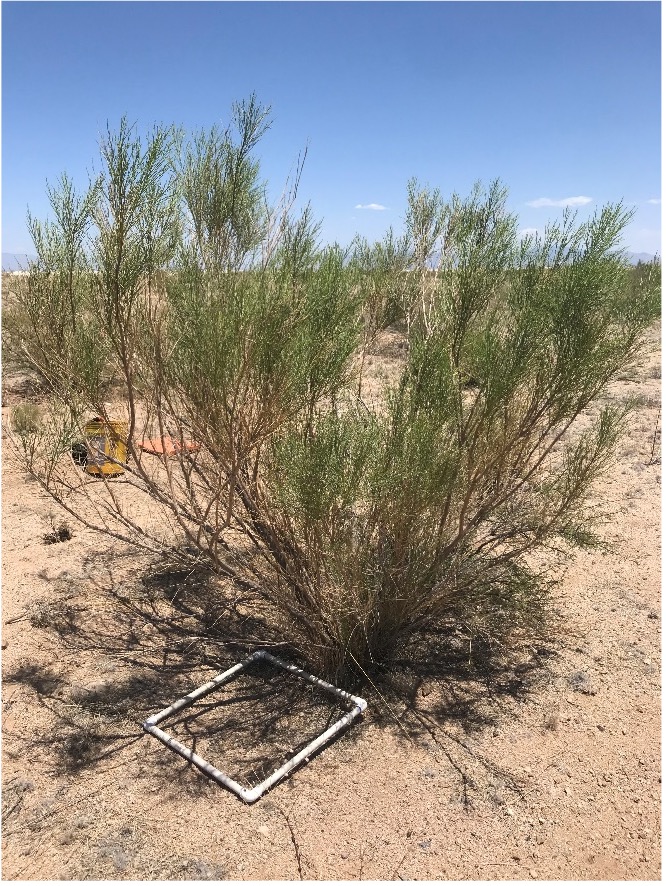The goal of this research is to develop biodegradable and effective eco-friendly materials for advanced dust control in mining industries. The materials under development are composed of synthetic polymer surfactants and natural cellulosic binders. When sprayed on dust-generating surfaces such as hard rock mine tailings, these materials stabilize the surface by molecular interactions between polymers and dust particles. In a test against a commercial dust suppressant product, these eco-friendly materials increased dust suppression by 85%. The research is focused on further enhancement of the dust-controlling capacity of these materials by replacing the synthetic polymer surfactants with biosurfactants developed by Dr. Raina Maier’s research group. Results thus far have shown that the biosurfactants demonstrate comparable dust controlling capacity when compared to the synthetic surfactants. The dust-suppressing capacity of these materials is being evaluated for both rock and coal particulates using tests based on an US EPA air quality index of “good” against wind speeds of 30 m/s (i.e., 67 mph) or more.
Number of students trained through this project: 1 postdoc and 2 graduate students





